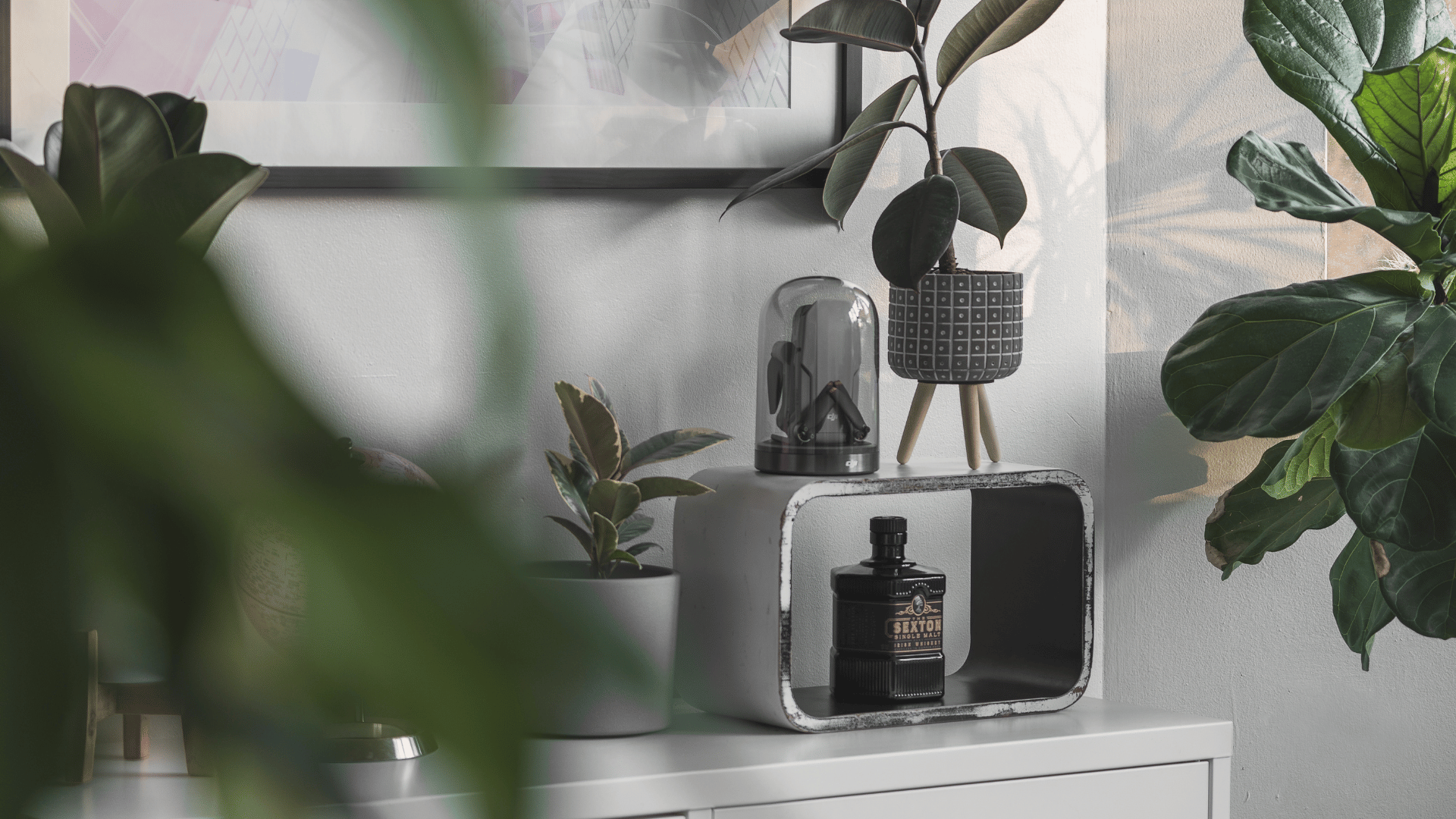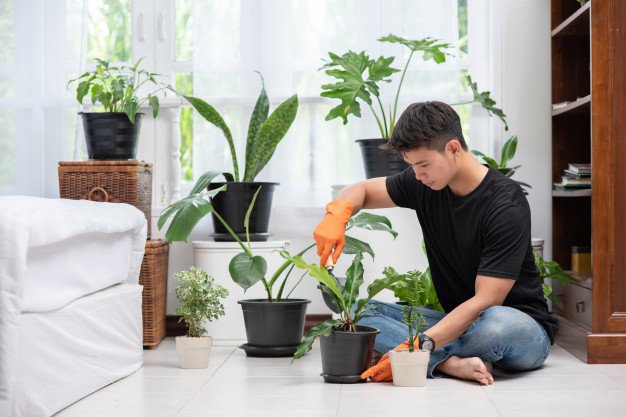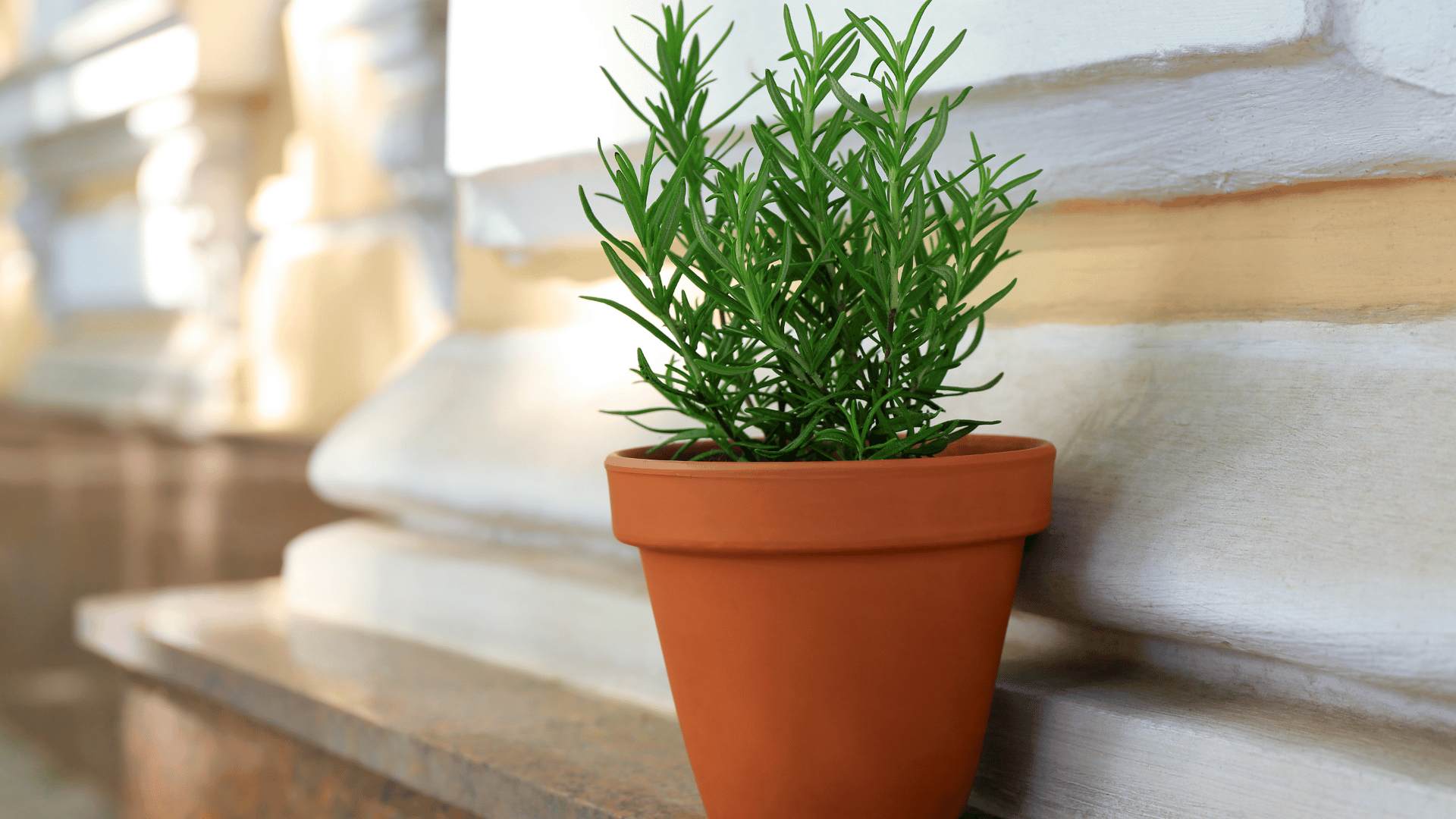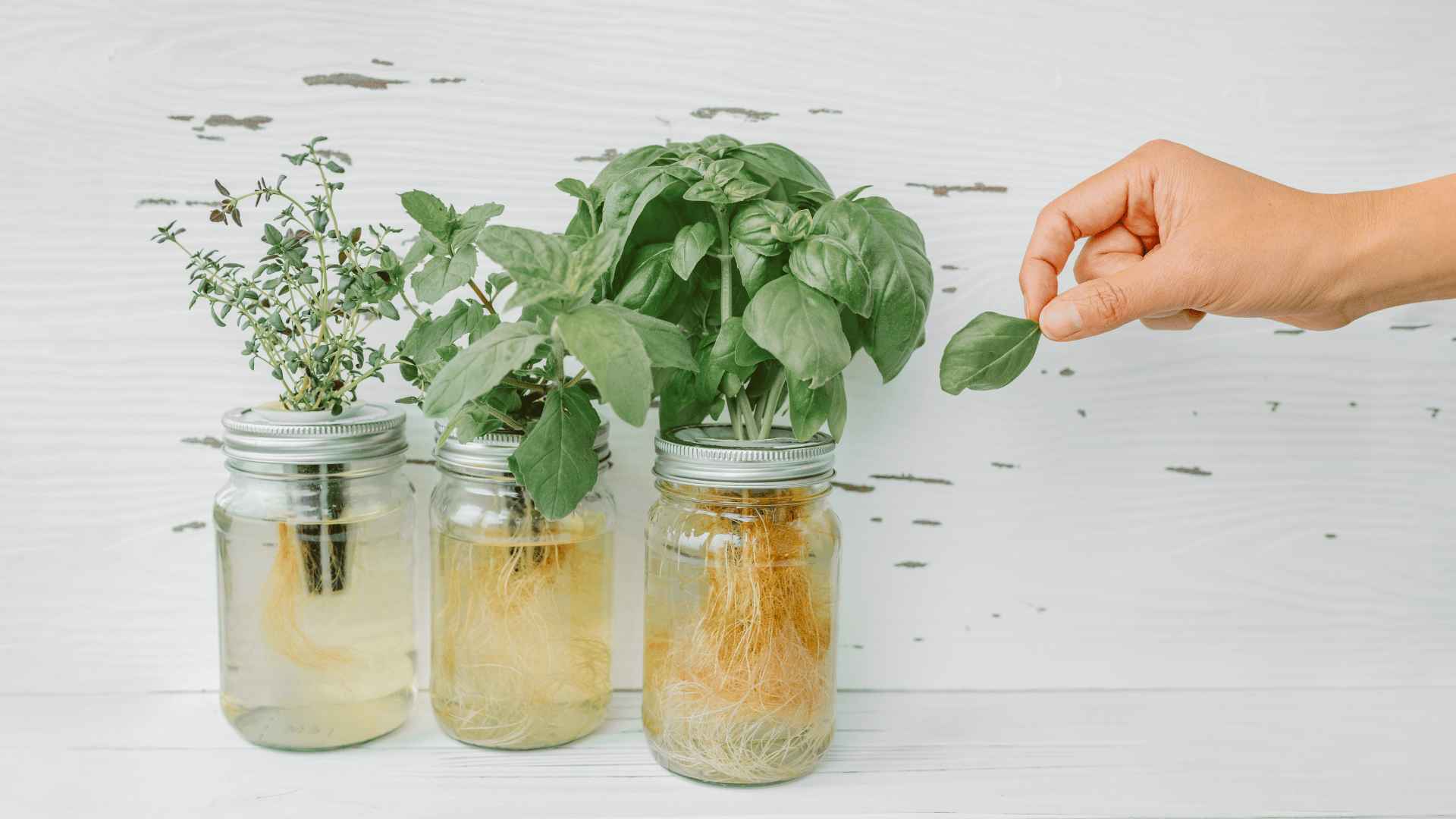It seems there might be a slight misunderstanding. "Bug plants" typically refers to plants that attract insects, rather than plants that are themselves pests. These are plants that are known for their ability to attract and trap insects, such as carnivorous plants like Venus flytraps, pitcher plants, and sundews.
While bug-attracting plants can be fascinating to observe and serve a purpose in controlling insect populations in their natural habitats, they are not necessarily something that needs to be "got rid of" unless they pose a problem in a specific context (such as being invasive in certain ecosystems).
Here are Natural Methods to Shield Your House Plants from Pesky Pests:
Neem Oil Spray or Organic Insecticides
Neem oil is renowned for its insecticidal properties and has been used for centuries in organic gardening. It contains compounds that disrupt the life cycle of many common plant pests, including aphids, mealybugs, and scale insects. When applied as a spray, neem oil coats the leaves and stems of plants, creating a barrier that deters pests from feeding and laying eggs. Additionally, the neem tree, oil has antifungal properties, which can help prevent fungal diseases on your plants.
The following pesticide groups use a variety of botanical extracts, microbes, minerals, and more to effectively control target pests on affected plant foliage or in growing media. These naturally sourced pesticides combat insects upon contact or through ingestion with reduced risk of unwanted environmental impacts. Use as part of an integrated pest management program for best ongoing results.
Mild Liquid Soap Solution
Soap solutions work by suffocating soft-bodied insects like aphids, spider mites, and whiteflies. The soap breaks down the waxy outer layer of the insects' bodies, causing them to dehydrate and die. It's essential to use a mild soap, such as castile soap, to avoid damaging your plants. Additionally, ensure that you thoroughly rinse the soap solution off your plants after application to prevent any potential harm.
Beneficial Insects
Introducing beneficial insects into your indoor garden is an effective way to control pest populations naturally. Ladybugs, for example, feed on aphids and other soft-bodied insects, while lacewings consume aphids, mealybugs, and small caterpillars. Predatory mites prey on spider mites, thrips, and other small pests. By releasing these natural predators into your environment, you can establish a balanced ecosystem that helps keep pest populations in check without the need for chemical pesticides.
For example, lady beetles are an effective biological control of many insect pests. If you see a tomato hornworm with white cocoons on his back (above photo), leave him alone. A parasitic wasp has laid her eggs on him, and soon, her babies will eat him from the inside out. A fitting death for such a gruesome pest!
Garlic and Pepper Spray Directly
Garlic and pepper sprays are potent repellents that deter a wide range of pests due to their strong odor and taste. Garlic contains sulfur compounds that repel insects, while capsaicin, the active compound in hot peppers, is known to deter many pests. To make chile pepper spray, mix one tablespoon of chile powder (or capsaicin, if you're looking for a stronger deterrent) with a quart of water and a few drops of mild liquid dish soap (it does not have to be insecticidal soap ). Shake the mixture well and pour it into a spray bottle. Apply the spray mixture directly on to the leaves of affected plants, being careful to avoid contact with skin since chile pepper oils are irritating for humans. By blending garlic cloves and hot peppers with water, you can create a homemade spray that effectively repels pests without harming your plants. Be sure to strain the mixture thoroughly before applying it to avoid clogging your spray bottle.
Diatomaceous Earth
Food-grade diatomaceous earth is a natural and non-toxic substance that can be sprinkled on the soil surface around your house plants. It consists of fossilized algae or diatoms, microscopic algae with sharp, abrasive edges. When insects come into contact with diatomaceous earth, the abrasive particles damage their exoskeletons, leading to dehydration and eventual death. Diatomaceous earth is particularly effective against crawling insects like ants, cockroaches, and beetles.
Herbal Infusions
Herbal infusions made from plants like chamomile, mint, or basil can be brewed into a potent solution that repels pests and promotes plant health. Chamomile contains compounds that repel pests and has fungicidal properties, making it an excellent addition to your pest control arsenal. Mint is known for its strong aroma, which deters insects, while basil contains essential oils that repel mosquitoes, flies, and other pests. Puree 2 bulbs of garlic with 1 cup of water and let sit overnight. Strain the liquid into a quart jar, add 1/2 cup vegetable oil, 1 teaspoon liquid soap, and fill the jar the rest of the way with water. Put one cup in a 1 quart sprayer, fill with water and apply to your affected plants. It is good for repelling aphids, cabbage worms, leafhoppers, squash bugs, and whiteflies. By brewing these herbs into a tea and spraying it onto your plants, you can create a natural and fragrant insect repellent.
Sticky Traps
Sticky traps are adhesive surfaces that attract and capture flying insects like fungus gnats, fruit flies, and whiteflies. These traps typically consist of brightly colored yellow or blue cards coated with a sticky substance. Flying insects are drawn to the color of the trap and become stuck when they land on it. By placing sticky traps near your house plants, you can monitor and reduce the population of flying pests without the need for chemical pesticides.
Pest Control
Pest control is crucial for several reasons, primarily to safeguard the health and vitality of plants, protect agricultural yields, and maintain ecological balance. Pests such as insects, mites, fungi, and rodents can cause significant damage to crops, leading to reduced yields and economic losses for farmers. In residential settings, pests infesting house plants can weaken or kill the plants, affecting the aesthetics of indoor spaces and potentially causing frustration for gardeners. Moreover, unchecked pest populations can quickly spiral out of control, leading to infestations that are challenging to manage. By implementing pest control measures, whether through organic methods or conventional means, we can mitigate the damage caused by pests, preserve plant health, ensure food security, and maintain the delicate balance of ecosystems.
Additionally, effective pest control reduces the reliance on chemical pesticides, minimizing environmental pollution and potential harm to non-target organisms, including beneficial insects and wildlife. Ultimately, pest control plays a vital role in sustaining both agricultural productivity and environmental health.
By incorporating these organic pest control methods into your plant care routine, you can effectively keep bugs off your house plants while promoting a healthy and thriving indoor garden ecosystem.









